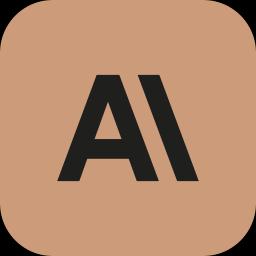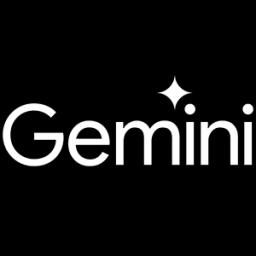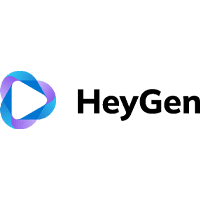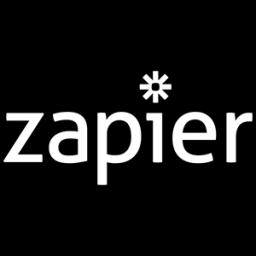The Future of Talent Acquisition Has Arrived
LinkedIn Unleashes 'Hiring Assistant': AI Revolution in Recruitment
Last updated:
With LinkedIn's new AI agent, 'Hiring Assistant', job recruiting is entering the next generation. This transformative tool promises to redefine talent acquisition by automating tasks like job description creation, candidate sourcing, and engagement, allowing recruiters to concentrate on strategic roles. As technology advances, the recruitment landscape undergoes rapid change, making AI adoption crucial.
Introduction to LinkedIn's Hiring Assistant
Learn to use AI like a Pro
Get the latest AI workflows to boost your productivity and business performance, delivered weekly by expert consultants. Enjoy step-by-step guides, weekly Q&A sessions, and full access to our AI workflow archive.














Learn to use AI like a Pro
Get the latest AI workflows to boost your productivity and business performance, delivered weekly by expert consultants. Enjoy step-by-step guides, weekly Q&A sessions, and full access to our AI workflow archive.














Key Features of the AI Agent
Learn to use AI like a Pro
Get the latest AI workflows to boost your productivity and business performance, delivered weekly by expert consultants. Enjoy step-by-step guides, weekly Q&A sessions, and full access to our AI workflow archive.














Advancements Over Previous LinkedIn AI Tools
Learn to use AI like a Pro
Get the latest AI workflows to boost your productivity and business performance, delivered weekly by expert consultants. Enjoy step-by-step guides, weekly Q&A sessions, and full access to our AI workflow archive.














Motivation for Launching the Hiring Assistant Now
Leveraging LinkedIn's Data for Enhanced AI Functionality
Learn to use AI like a Pro
Get the latest AI workflows to boost your productivity and business performance, delivered weekly by expert consultants. Enjoy step-by-step guides, weekly Q&A sessions, and full access to our AI workflow archive.














Implications for LinkedIn's Business and Broader Recruitment Industry
Learn to use AI like a Pro
Get the latest AI workflows to boost your productivity and business performance, delivered weekly by expert consultants. Enjoy step-by-step guides, weekly Q&A sessions, and full access to our AI workflow archive.














Emerging Trends in AI-Driven Recruitment
Learn to use AI like a Pro
Get the latest AI workflows to boost your productivity and business performance, delivered weekly by expert consultants. Enjoy step-by-step guides, weekly Q&A sessions, and full access to our AI workflow archive.














Expert Opinions on the Hiring Assistant
Addressing Concerns about AI Biases and Human Oversight
Learn to use AI like a Pro
Get the latest AI workflows to boost your productivity and business performance, delivered weekly by expert consultants. Enjoy step-by-step guides, weekly Q&A sessions, and full access to our AI workflow archive.














Public Reactions to the New AI Tool
Learn to use AI like a Pro
Get the latest AI workflows to boost your productivity and business performance, delivered weekly by expert consultants. Enjoy step-by-step guides, weekly Q&A sessions, and full access to our AI workflow archive.














Future Implications of AI in Recruitment
Learn to use AI like a Pro
Get the latest AI workflows to boost your productivity and business performance, delivered weekly by expert consultants. Enjoy step-by-step guides, weekly Q&A sessions, and full access to our AI workflow archive.













